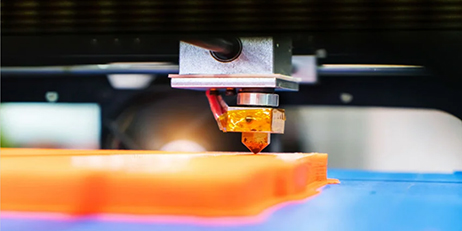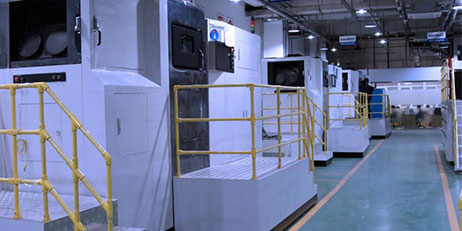Some experts in the metal 3D printing industry argue that the post-processing process of additive manufacturing increases cost and time. For metal 3D printed parts, post-processing is actually very important. Metal parts manufactured using metal powder bed fusion are usually stress-relieved before the parts removed from the build plate. Parts are usually heat treated to meet tolerances prior before support removing and machining.
Finishing operations can be applied as additional surface treatments. Finally, parts are inspected before assembled or final application. Iterations may occur throughout the process, the duration and cost of each step will be determined by a variety of factors, including the importance of the part, qualification guidelines and certification requirements.

Post-processing of metal 3d printed parts
Few years ago, the end user mainly focused on reducing costs, while ignoring the fact that post-processing can help to reduce layered manufacturing risks. In fact, post-processing will increase the time of producing metal additive manufacturing components, but manufacturers should also consider the benefits from post-processing.
Usually, there are 4 types of post-processing:
Stress relief: help to reduce residual stress accumulated in metal parts when materials are cooled during construction after laser heating. Without stress relief, parts are prone to warping or even cracking.
Heat treatment: help to homogenize microstructure and reduce material heterogeneity in parts. Without heat treatment, parts will fail because of printing direction effects or other microstructure weaknesses which might occur during printing.
Support removing: eliminate additional material increased during the printing process, helping to reduce distortion of part features. Without support, there is a risk of printing failure if the part warps too much and causes problems when new powder layers are added.
Machining: help to achieve specified geometry and tolerances. Without machining, there is a risk of disqualification and parts being scrapped.
PostProcess Technologies has released its annual report on post-processing trends in additive manufacturing for 2021.
According to the report, users' needs mainly focus on three points:
1.Reduce the post-processing time;
2.Improve the quality of the parts through post-processing;
3. Improve the degree of automation of the post-processing.
In some ways, these three points can be considered as the challenges towards the current post-processing market.
In conclusion, there is still room for creativity and innovative solutions to metal additive manufacturing post-processing, to find the optimal solution to achieve cost reduction while effectively meeting post-processing requirements.
























